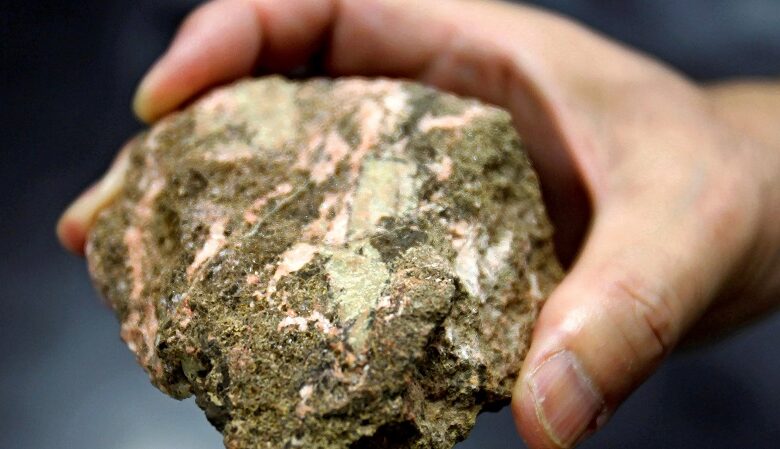Mining of Rare Earth Elements

The Rare Earth (RE) resources in India are reported to be the fifth largest in the world. Indian resource is significantly lean w.r.t. grade and it is tied with radioactivity making the extraction long, complex and expensive. Further, Indian resource contain Light Rare Earth Elements (LREE) while Heavy Rare Earth Elements (HREE) are not available in extractable quantities.
In case of rare earths, a long drawn eco-system in value chain is required to move from reserves to finished product comprising of large number of processes/plants. This includes obtaining statutory clearances, mining, mineral beneficiation, RE extraction, separation, refining in oxides, metal extraction, alloy making. Specific to RE magnet, one need to convert alloy to magnet and thereafter application of finished product as motor in energy saving appliances. As such in a finished product, usage of rare earths is in minuscule quantity.
While India has existing facilities from mining to separation and refining in oxide form and also developed capability of metal extraction, but further industrial scale facilities (intermediate) from alloy, magnet etc. are non-existent. In these alloys, RE is a minor component and other than Rare Earth Elements (REE) many other materials are required. Though from the stages of metal extraction onwards, the sector is under free category,industry in the intermediate segment have not been established due to non-availability of technology.
13.07 million tonnes in-situ monazite (containing ~55-60% total Rare Earth Elements oxide) resource occurring in the coastal beach placer sands in parts of Kerala, Tamil Nadu, Odisha, Andhra Pradesh, Maharashtra and Gujarat and in the inland placers in parts of Jharkhand, West Bengal and Tamil Nadu. More than 80 % of the usage of rare earths in value terms is in RE permanent magnets which require Magnetic REE i.e. Neodymium, Praseodymium, Dysprosium and Terbium. These are precious REE since they find use in energy transition initiatives. High value REE are Dysprosium and Terbium which are not available in extractable quantities in Indian reserves already under exploitation. In Indian deposits, only Neodymium and Praseodymium are available and are being extracted upto 99.9 % purity level. Neodymium and Praseodymium occur in the BSM ore of Indian deposits to the extent of 0.0011 to 0.012%. Minability of REE is further constrained due to CRZ regulations, Mangroves, Forest and inhabitation.
In India, capability for exploiting its rare earth resources (Light rare earths) upto metal extraction exist. With regard to foreign collaboration, Toyotsu Rare Earths India Limited, Visakhapatnam, a subsidiary of Toyoto Tsusho Corporation, Japan is engaged in refining of rare earths by sourcing rare earth concentrate from IREL.
This information was given by the Minister of State for Personnel, Public Grievances & Pensions and Prime Minister’s Office, Dr. Jitendra Singh in a written reply in Rajya Sabha today.
Posted On: 06 APR 2023 4:53PM by PIB Delhi






